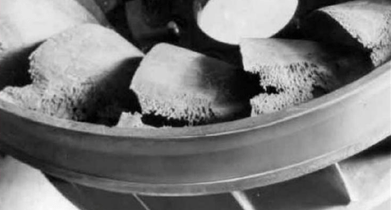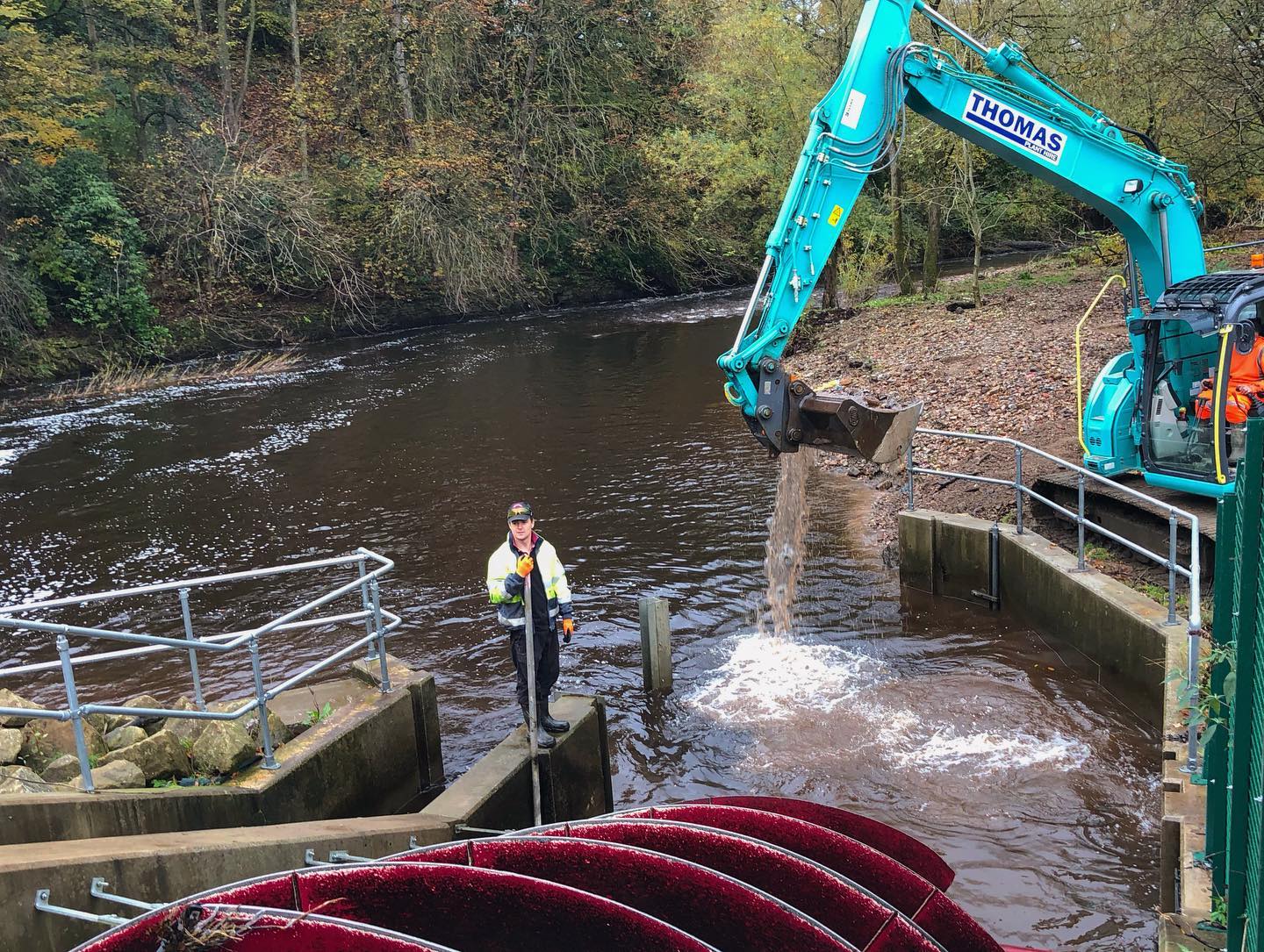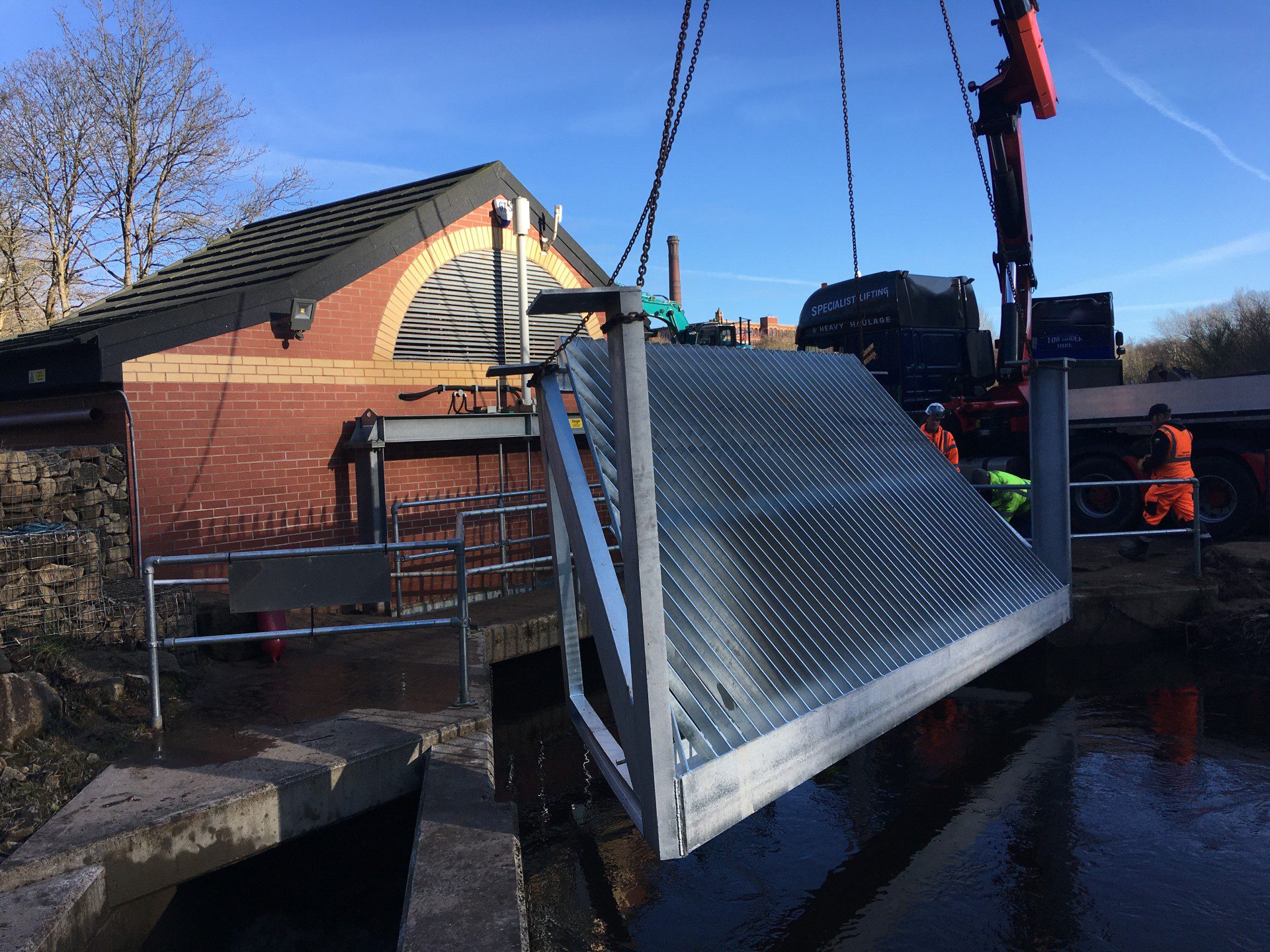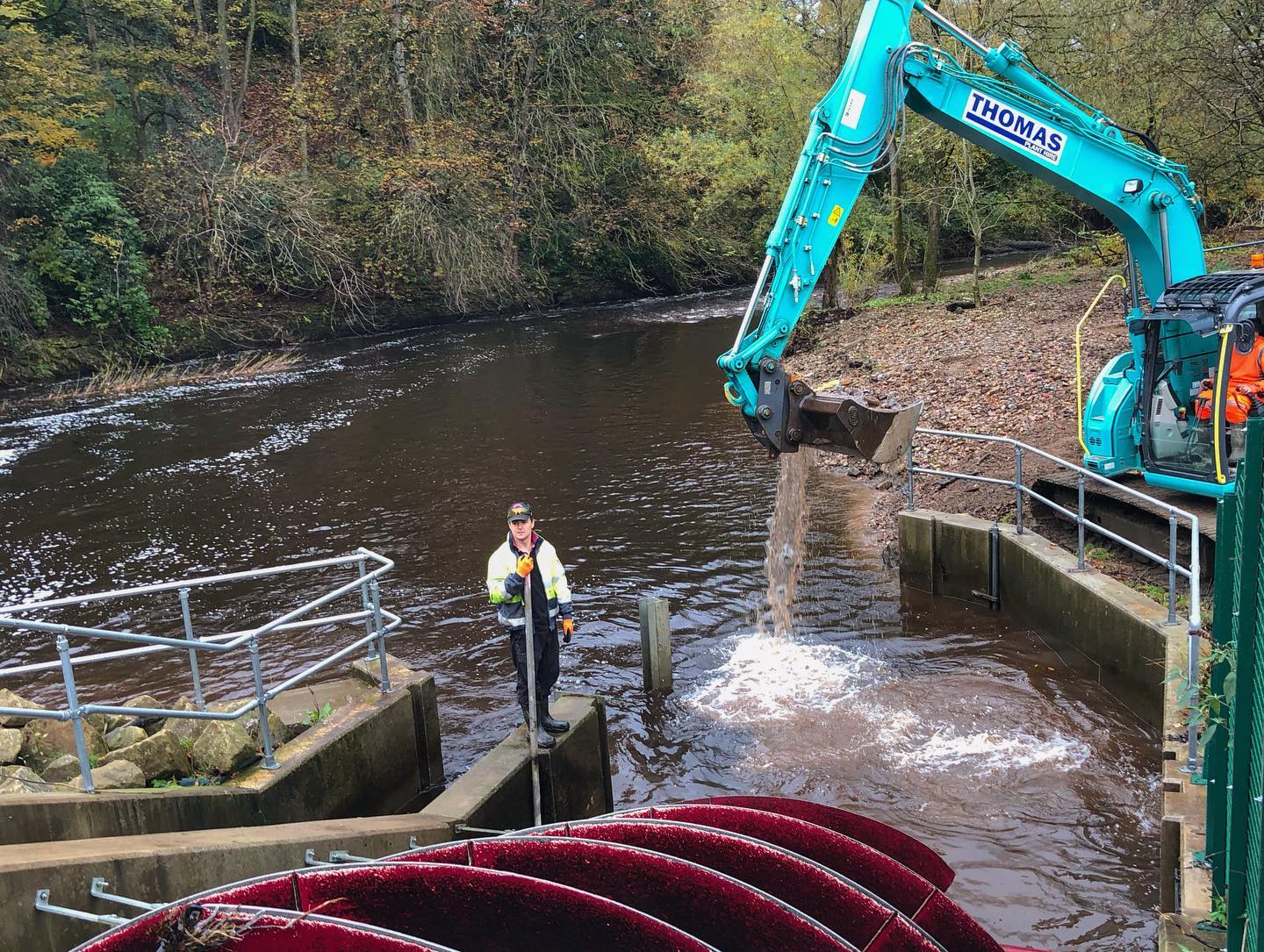
Turbine failure is expensive, time consuming and should be avoided at all costs! Three of the most common failure modes are erosion, fatigue, and cavitation. This article explains what they are and the hydropower maintenance you can do to avoid them! Read More







